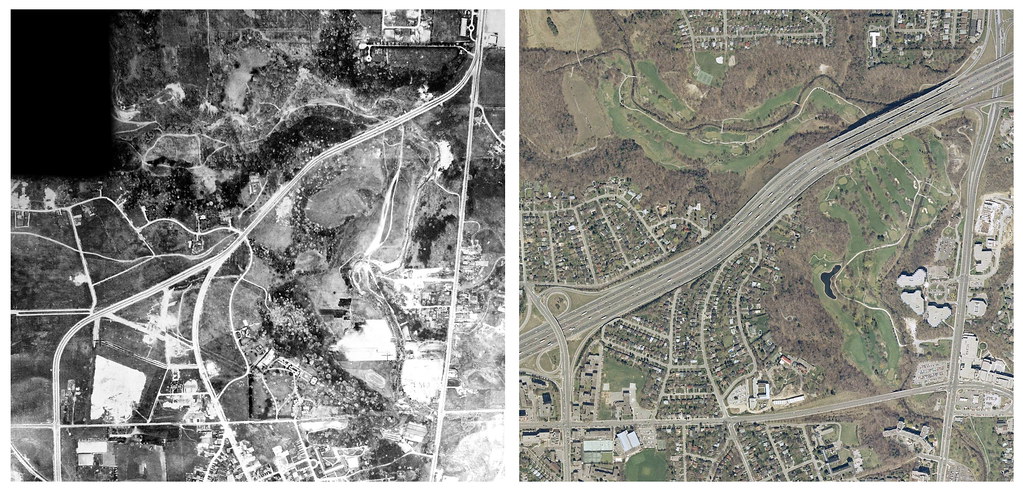ShonTron
Moderator
That shouldn't be a priority for the city. Kids 14 and under are allowed to bike on sidewalks. It makes a lot more sense IMO to not have an awkward gap between Dundas, Woodbine and the Waterfront Trail.
Can you clarify this? Kingston and Gerrard are already connected to Woodbine, neither of those have bike lanes, and Corley Avenue doesn't intersect either of them. Eastwood Avenue is 4 km east of Woodbine.
Are you trying be difficult, or are you just ignorant of the local geography?
Relying on sidewalks to allow kids to bike isn't a strategy. And cyclists aren't limited to cycling on bike lanes; contraflow lanes legalize shortcuts on quieter streets that were made one-way to discourage through motor traffic. Eastwood Road (ok, not Eastwood Avenue) connects to Gerrard in the west and Corley in the east and intersects Woodbine.







.jpg)
